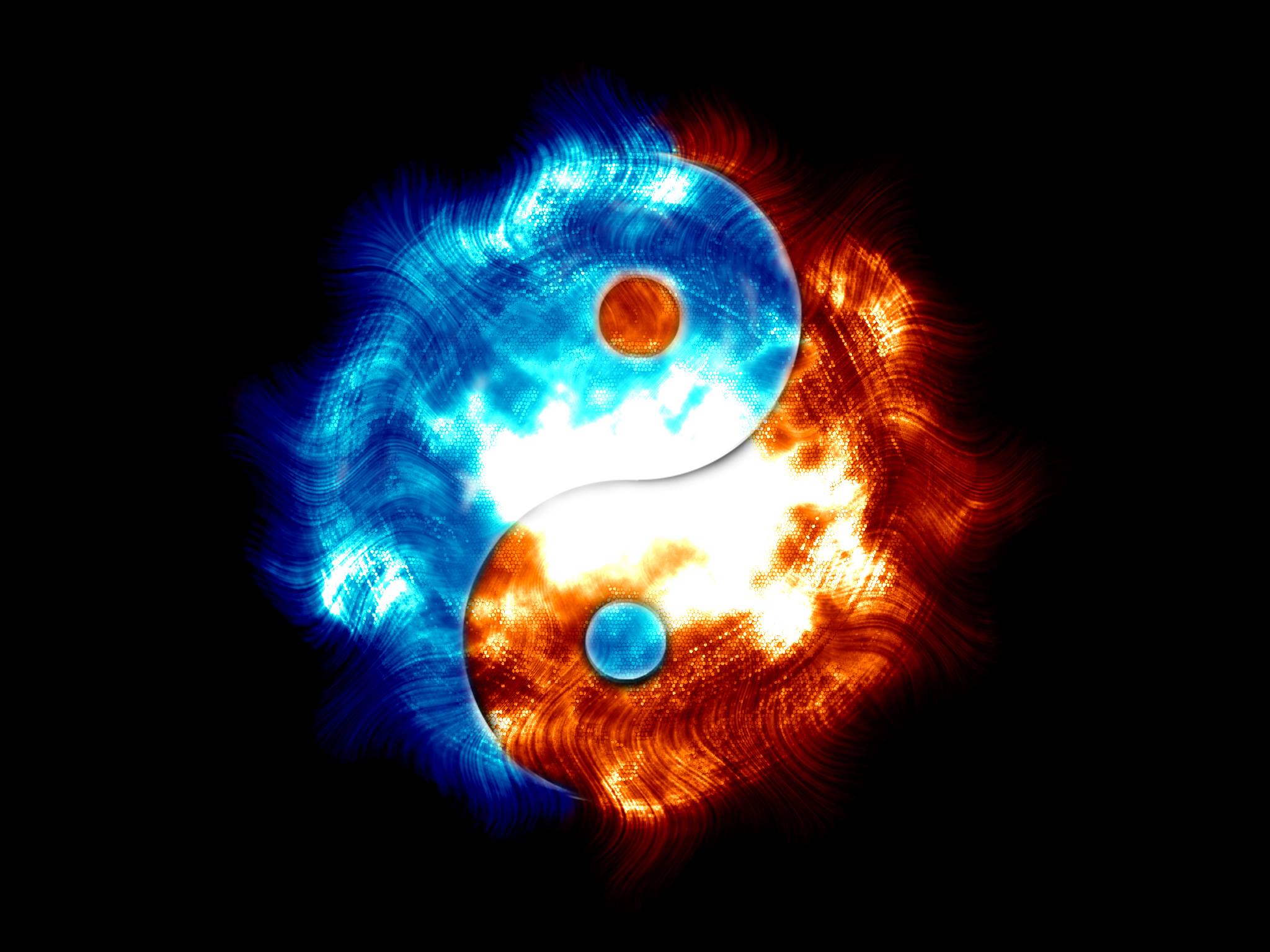There is no scientific evidence that Feng Shui’s claims are true, and it’s considered by the scientific community to be pseudoscience. However, you don’t need to believe in the mystical aspects of it to learn from the practical aspects of it.
Most cultures pass down survival advice, more often than not this advice is simple common sense: If you put your cottage too close to a cliff it might fall; If you build a bungalow too close to the ocean the tide may rise and wash it away. The idea behind living harmoniously within one’s environment begins with simple safety guidelines such as the aforementioned.
Although most cultures pass down these guidelines no culture has taken it to the extent that the Chinese have. They have developed Feng Shui to be an intricate system to help your home be harmonious with your environment. We’ve found that by studying Feng Shui one can learn a lot about interior design. So today we’re going to go over the basic principles and tools of Feng Shui, and then we’ll share a few tips to bring more Feng Shui into your home.
The Three Basic Principles of Feng Shui
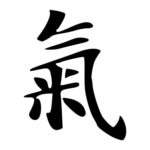 1. Qi (Pronounced Chee)
1. Qi (Pronounced Chee)
Qi is another name for energy. It’s the ever changing and flowing force that we are constantly surrounded by. This is one reason why we feel either good or bad in certain spaces. Qi or “energy” tends to accumulate in certain objects, so it is sometimes necessary to remove or ad objects in order adjust the Qi of a room. Additionally, Qi enters through doors and flows out through windows. So one objective of Feng Shui is to keep the Qi flowing gently throughout your environment rather than rapidly running through it or getting obstructed.
The second basic principle of Feng Shui is the five elements, which are Wood, Fire, Earth, Metal/Sky, and Water. These five elements interact with each other to create productive and/or destructive cycles. Each element is represented by a color, and as a result, color is the easiest way to use these principles to alter your environment.
Here are the colors that represent of each of the five Feng Shui elements:
Wood: Green, Brown
Fire: Red, Strong Yellow, Orange, Purple, Pink
Earth: Light Yellow, Sandy/Earthy, Light Brown
Metal: White, Gray
Water: Blue, Black
3. The Bagua
The Bagua is the chart used to map the areas of a home to determine the best place to put objects. This 2 minute video explains the Bagua and how to use it.
The Basic Tools of Feng Shui
A variety of tools are available to the Feng Shui practitioner, no one is more effective than another. It really all depends on your personal preference and the balance of each in your home. Below are the tools that are commonly used to balance the Qi in a home or office.
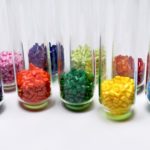 Color fills our world with vibrant emotions and it has an incredible ability to shape our environment. In Feng Shui, color is primarily used to represent and balance the Five Elements. Much like in interior design, where we use it to evoke certain feelings from certain rooms.
Color fills our world with vibrant emotions and it has an incredible ability to shape our environment. In Feng Shui, color is primarily used to represent and balance the Five Elements. Much like in interior design, where we use it to evoke certain feelings from certain rooms.
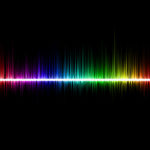 Sound is a powerful tool for shaping our environment. The soothing sound of a mothers voice can put a baby right to sleep, conversely, the annoying beep of a smoke alarm can drive someone to the brink of insanity. Sound is a wonderful way to uplift the Qi in any environment and can sooth or create stress in a home.
Sound is a powerful tool for shaping our environment. The soothing sound of a mothers voice can put a baby right to sleep, conversely, the annoying beep of a smoke alarm can drive someone to the brink of insanity. Sound is a wonderful way to uplift the Qi in any environment and can sooth or create stress in a home.
 Light is a simple way to bring more Qi into your environment, especially natural sources of light such as fire and sunlight. Furthermore, having adjustable lighting is a good way to affect Qi at a moments notice. Like dimming down the lights in your dining room before a romantic meal with your spouse. Sometimes people get caught up in the fancy lingo behind Feng Shui and forget that it can be as simple as dimming a light.
Light is a simple way to bring more Qi into your environment, especially natural sources of light such as fire and sunlight. Furthermore, having adjustable lighting is a good way to affect Qi at a moments notice. Like dimming down the lights in your dining room before a romantic meal with your spouse. Sometimes people get caught up in the fancy lingo behind Feng Shui and forget that it can be as simple as dimming a light.
 Art can also enhance the Qi, whether it’s a painting, sculpture, statue, or textile. The selection and placement of art depends on the area of the Bagua you want to activate.
Art can also enhance the Qi, whether it’s a painting, sculpture, statue, or textile. The selection and placement of art depends on the area of the Bagua you want to activate.
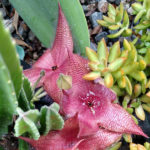 Growing plants and flowers is an extremely stress relieving practice, in fact, the BBC released an article correlating gardening with a longer lifespan. The proper placement of house plants can greatly effect the feeling one gets when entering a room, consequently plants are great for adjusting Qi. So take a look at the Bagua and access with area you want to activate. Then look for a plant with the correct number of leaves and/or the corresponding color of the area you wish to activate.
Growing plants and flowers is an extremely stress relieving practice, in fact, the BBC released an article correlating gardening with a longer lifespan. The proper placement of house plants can greatly effect the feeling one gets when entering a room, consequently plants are great for adjusting Qi. So take a look at the Bagua and access with area you want to activate. Then look for a plant with the correct number of leaves and/or the corresponding color of the area you wish to activate.
Water is crucial when it comes to Feng Shui. In fact, Feng Shui means “Wind and Water.” Some good ways to use water in Feng Shui are fountains, aquariums, and ponds. Placing a fountain or pond near the entrance of a home is common practice in Feng Shui. Fish also represent wealth in Feng Shui so having a pond outside your front door with water flowing toward the center of your home that’s filled with fish is considered a powerful tool to attract abundance into your life.
 Wind sensitive objects such as chimes and weather vanes can attract more Qi into your environment. For instance, if you need a metal Feng Shui element in a specific Bagua area, such as the south, you can place there a metal wind chime with 9 bells, because 9 is the Feng Shui number for the south.
Wind sensitive objects such as chimes and weather vanes can attract more Qi into your environment. For instance, if you need a metal Feng Shui element in a specific Bagua area, such as the south, you can place there a metal wind chime with 9 bells, because 9 is the Feng Shui number for the south.
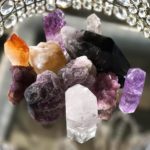 Mirrors & Crystals can be used when there are structural flaws or where there is no space for any other “cure.” They can also be combined with other tools. Like using a crystal wind chime, or putting crystals in the fountain near the entrance of the home.
Mirrors & Crystals can be used when there are structural flaws or where there is no space for any other “cure.” They can also be combined with other tools. Like using a crystal wind chime, or putting crystals in the fountain near the entrance of the home.
Here’s a few Feng Shui tips for your home.
1. Clean up clutter.
Research has shown that we secrete the stress hormone cortisol when surrounded by disarray. So basically when we’re in a cluttered environment we feel stress. If you can keep your environment clean and get rid of unnecessary objects you can literally remove stress from your life.
2. Get a fountain.
Water represents wealth in Feng Shui so people often question where to put their fountain. Some Feng Shui practitioners think it’s wise to place a water element near the entrance of your house, with the water flowing toward the center of your home. This symbolizes wealth pouring into your life.
3. Properly place your bed.
You want to be able to see your doorway and windows while lying in bed, but you don’t want to be directly aligned with the door. It’s not always possible to face both the door and the window. So people often prioritize the door first and then strategically place a mirror so they can see the window. This brings us back to the survival mechanisms mentioned in our introduction. I believe that this idea stems from being able quickly react if an intruder is attempting to enter your space.
4. Remove unpleasant noises.
Does your front door squeak when you open it? The front door is the first and last thing you encounter when entering and exiting home. We all know how important first impressions are, so having the first impression of your home be an unpleasant noise can negatively affect its Qi. Secondly, make sure you replace the batteries in your smoke detectors. That incessant background noise can also have a negative effect on the energy of your home.
5. Cover your TV when not in use.
The energy of a television as well as the electronics in it may be disruptive to the type of calming quiet energy that is conducive to sleep and bedrooms. Moreover, TV’s often clash with a well designed room because it’s rare that one can find a TV that matches the color scheme of their room. However, it is easy to find a textile that matches well. So when you’re not using your television simply cover it up with a pretty piece of fabric.
6. Fix things that are broken.
Fixing broken things is similar to decluttering. Every time your see clutter, or interact with something broken, you know in the back of your mind it needs to be fixed. Instead of allowing it to weigh you down just fix it. Fixing things in your home may enable you to confront and fix other lingering issues or problems in your life.
7. Get house plants.
Find some plants you think look or smell good and find a nice space for them. If you’re trying activate a certain area of Bagua then find a plant that is the right color and place it accordingly. For instance, if you’re trying to activate the south region then get a plant that has a red flower.
8. Increase natural light.
This is another tip that goes hand in hand with interior design. Opening up a space and allowing more light to enter has a number of advantages. For one, it makes the area more inviting so people and energy can naturally flow into the room without obstruction.
9. Keep corners clear.
Some people have a tendency to place random unnecessary objects in corners. This simply increases clutter and prevents Qi from flowing freely throughout the house.
10. Don’t sit with your back to the door.
This is an extension of number 3. Whether at home or in an office, never sit with your back to the door. If you must sit with your back facing the door then place a small mirror on the wall in front of you so you can see people approaching from behind. You may find that this small adjustment will increase your comfort level. I believe that on a subconscious and primal level we are comforted when we can see people approaching.

